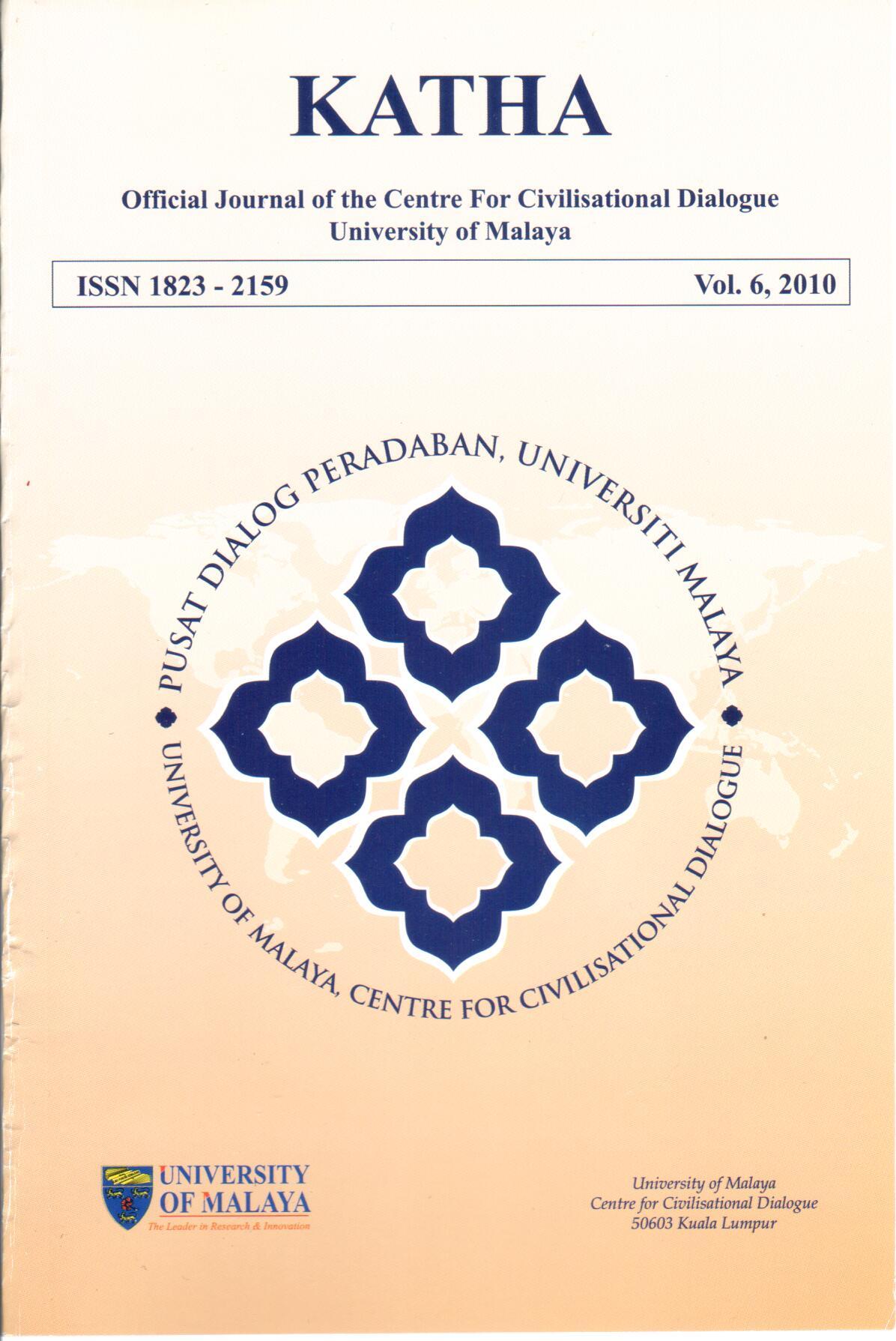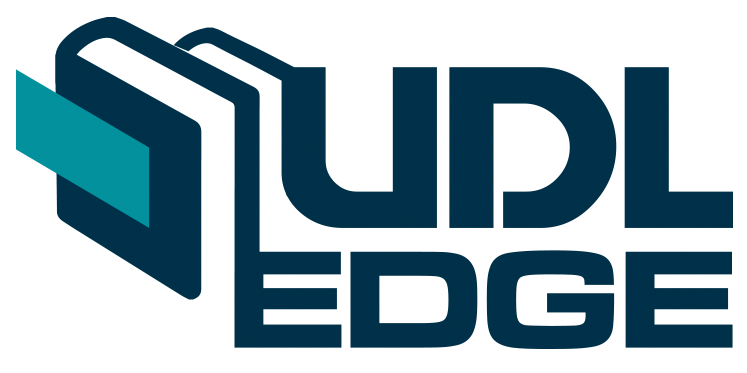Repairing the Past: Preparing the Future: Towards Muslim Unity
Abstract
The most damaging and long lasting division among the Islamic Community continues to be the Sunni-Shi’ah schism, which has greatly intensified in bloodshed over the past decade and become entangled with regional and global geo-political agendas. The historical tensions between Sunni and Shi’ah Muslims arose in the 1st century AH under the Umayyad rulers, and were later aggravated in the early 16th century CE by the forcible conversion of Iran to Ja’fari Shi’ism under the Safavid Shahs and resulting Ottoman-Safavid rivalry. The Iranian revolution in 1979 marked a watershed in the reassertion of Muslim identity worldwide. Recent events in Iraq, Iran, Pakistan, Lebanon, the Gulf, and Arabia have coalesced along regional linkages and dividing lines marking the intensified renewal of this ancient schism.
The chief obstacle against mutual understanding remains the burden of crystallized attitudes inherited from the past. Shi’ah and Sunnis have both used and abused the past. Especially at the widespread level of popular religious attitudes and observances, this painful schism continues to operate with its own inevitably fatal logic. Deep psychic and emotional wounds arising from their disagreement were cemented in place by centuries of polemic still festering unresolved in the heart of the Muslim mind. What is needed to heal this ancient schism and to facilitate the concerned oneness of Muslims world-wide belonging to differing legal, ideological and doctrinal orientations?
Downloads
Downloads
Published
How to Cite
Issue
Section
License
Articles submitted to the journal should not have been published before in their current or substantially similar form, or be under consideration for publication elsewhere. Authors submitting articles for publication warrant that the work is not an infringement of any existing copyright and will indemnify the publisher against any breach of such warranty. For ease of dissemination and to ensure proper policing of use, papers and contributions become the legal copyright of the publisher unless otherwise agreed. By submitting a manuscript, the author(s) agree that copyright for the article is transferred to the publisher, if and when the manuscript is accepted for publication. However, it can be reprinted with a proper acknowledgment that it was published in KATHA.

This work is licensed under a Creative Commons Attribution-NonCommercial-NoDerivatives 4.0 International License.




